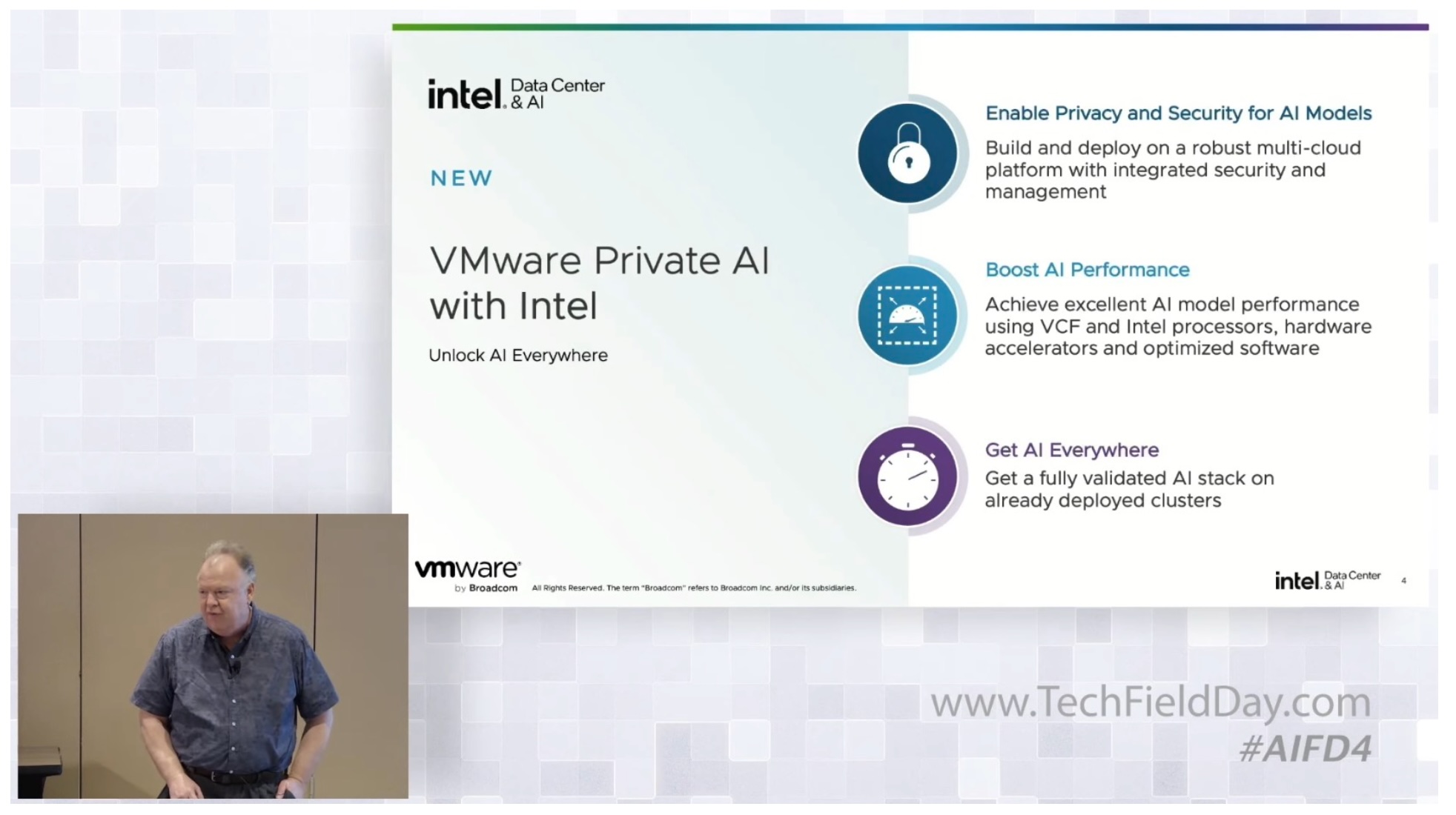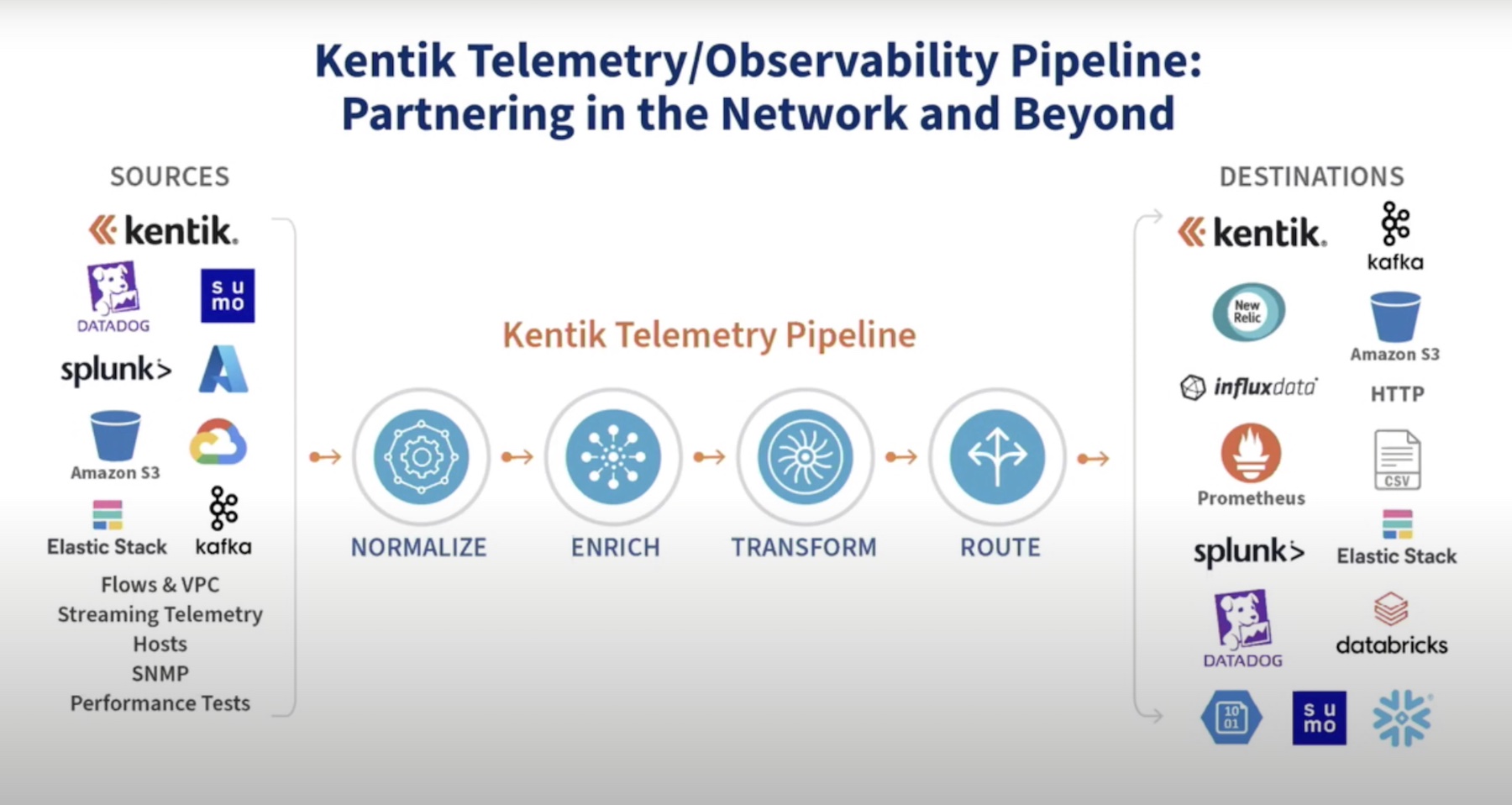There is a lot of industry buzz around private wireless networks. A private network is simply the deployment of a cellular network by private organizations rather than the traditional mobile network operators. Private networks are exciting because they provide the coverage and reliability of a cellular network at a lower cost. In other words, an organization can deploy a cellular network without paying a mobile network operator.
As a result of this industry buzz, many organizations are deferring planned upgrades to their current wireless network and assessing whether they should shift that investment into deploying a private network. This white paper assists organizations in deciding whether they should invest in a private network.
To assess the return on investment (ROI) into wireless access technologies, one normally considers operational efficiency, improved workflow and productivity, convenience, and the ability to get work done. To make this assessment, organizations typically analyze existing deployments, use cases, and technology trials.
However, private network deployments are solving very specific business problems. For example, a private network that provides students with Internet connectivity in an underserved area, or a private network used to track cargo coming in or out of a seaport. While there is an increasing number of private network trials, the specificity of these deployments can make it difficult for other organizations to extract the information they need to make their distinct investment decision.
There are two ways to resolve this dilemma: An organization can conduct their private network trial, which can be both time and resource intensive, or an organization can analyze the benefits of the IT technologies that underpin private networks.
Private networks are based on cellular network technologies, in particular LTE and 5G. In the last decade, cellular networks have undergone a significant transition, moving away from proprietary platforms and protocols to adopting IP-based network technologies, the same IP network technologies used in today’s enterprise networks. This means that organizations can assess the benefits of deploying a private cellular network, without the need to be fully versed in cellular terminology and know-how.
There are four technical concepts that organizations should consider when justifying the implementation of a private network.
1. Radio access network (RAN) functional split gives organizations reduced TCO and expedites deployment.
The RAN is perhaps the most complex aspect for IT professionals to understand. The complexity is further compounded by the industry’s use of inconsistent terminology, like distributed RAN, virtual RAN, C-RAN, cloud-RAN, and open RAN.
A 5G RAN can be characterized as a flexible architecture, where the RAN functionality can run in different logical locations, each optimized for distinct user service. For example, the assignment of radio resources is done at the edge for network mission-critical low latency services. However, the assignment of radio resources is done in a central location for high-reliability services as this enables simultaneous communications with multiple base stations.
Historically, the RAN utilized application-specific integrated circuits (ASICs). Virtualization has offered an alternative to ASICs in 4G and the 5G RAN functional split, coupled with the separation of the radio network layer from the underlying transport layer protocol, allows a 5G RAN to run on general-purpose computers in a real-time virtualized environment.
Organizations that require sub 1ms ultra-low latency, such as some specific industrial automation use cases, need the RAN functionality to be deployed locally.
However, most organizations do not have this extreme ultra-low latency requirement. For these organizations, the RAN functionality can be run on a virtual CU that is located in a regional data center. This regional data center could be in the organization’s data center or hosted in a third-party cloud provider network. For these organizations, that is a significant reduction in the total cost of ownership (TCO) of a private network, both from an equipment and ongoing support perspective.
2. Running services at the network edge gives organizations real-time analysis and decision-making.
In the past few years, there has been an explosion in mobile applications that are integrated with cloud computing. Leveraging cloud computing has enabled mobile devices to offload data processing and storage, which has resulted in greater scalability, better battery performance, and improved reliability. Unfortunately, it also resulted in high backhaul costs, and increased the number of devices potentially impacted by a data breach.
The deployment of billions of IoT devices, such as sensors and actuators that have limited computer and storage capability, is highly dependent on cloud computing. Moving IoT data to the cloud for analysis introduces latency and impacts an organization’s ability to react quickly.
To address these issues, 5G has embraced the concepts of edge computing. Edge computing brings computing, storage, and network resources closer to the end user. Often these resources are on the same platform that is running the RAN functionality.
The primary business benefits can be easily quantified. Processing organizational data at the edge of the network:
- Improves business processes by allowing near real-time data analysis and decision making.
- Reduces backhaul costs.
- Facilitates new applications that require real-time awareness, such as location-dependent applications.
3. Service-based architecture (SBA) gives organizations access to mobility and location data.
The 5G core network is broken into discrete network functions (NFs). For example, there are separate NFs for handling user mobility, session management, and traffic policies. These NFs communicate using a common communications mechanism, namely HTTP2 and a consumer-provider model.
SBA has several advantages, including the ability to run network functions in a scalable virtualized environment. This allows the NF to run in the organization’s data center or be provisioned and managed by a 3rd party service provider, further reducing the TCO and the time required to implement a private network.
However, what is particularly exciting about the common communications mechanism is that it provides an organization the ability to access and control information held in the cellular network. For example, it provides an organization with access to user location and movement data, or allows an organization to control the prioritization given to certain devices or traffic flows.
Many vendors provide a rich set of APIs that can interface with the 5G core network functions. These APIs assist organizations in developing applications quickly and capitalize on their private network investment.
Deployment of cellular technologies in an organization is not just about reliable and affordable coverage. It is also about implementing applications and services that leverage the information contained in the cellular network regarding the location and the movement of users and devices.
4. Network slicing gives organizations the ability to support diverse business requirements.
5G separates the control plane, which directs and orchestrates network traffic, from the user plane, which carries user traffic. This separation allows 5G to leverage network function virtualization (NFV) to abstract the NFs from the physical network, and software-defined networking (SDN) to separate the network control functions. Implementation of NFV and SDN allows the creation of logical networks that run over a shared network infrastructure. The use of NFV and SDN in private networks provides the same advantages as seen in today’s wired networks, including the ability to dynamically scale network resources and respond to changing traffic patterns.
The concept of network slicing is of great interest. 5G network slicing is the assignment of logical network resources to meet the needs of specific use cases. The ability of 5G to dynamically create different logical networks to support different types of user traffic provides the organization with the capability to meet the needs of a very diverse set of user and business needs.

Figure 1 highlights the four key technical concepts underlying private networks. By understanding these concepts, an organization should be able to put together a business case for implementing private networks. Removing the need for organizations to understand the peculiarities of how cellular networks work.
Conclusion
Should you invest in a private network? Assess the ROI to your business using the four points above. If you feel your organization would benefit from any one of them, it might be time to consider implementing a private network. To learn more about private networks and Intel’s role in enabling this market, visit their website.




